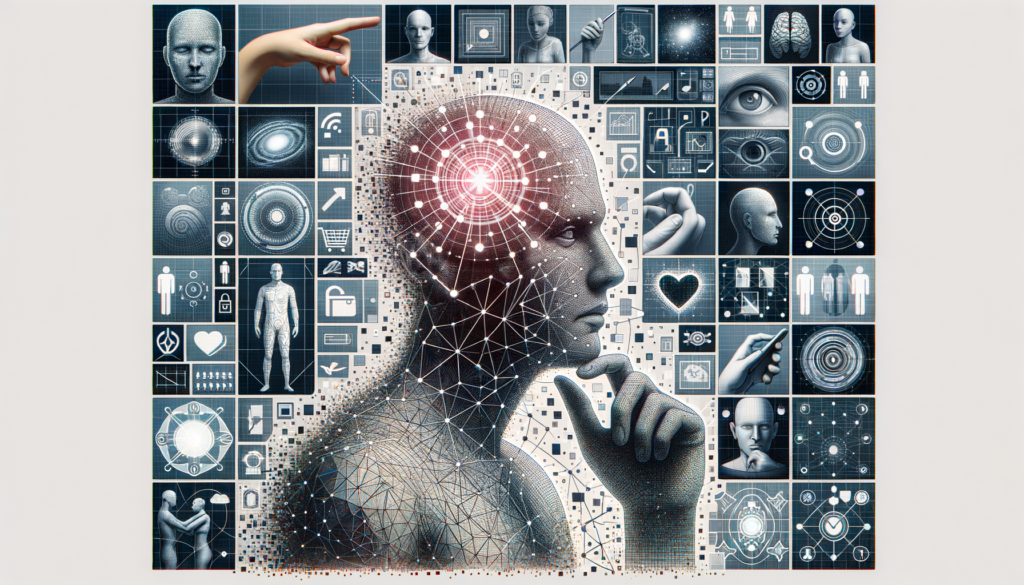The Fashion Blog

Recognizing Stroke Signs: A Comprehensive Guide
Introduction to Stroke Signs
Recognizing the early signs of a stroke can be life-saving. Strokes occur when the blood supply to part of the brain is interrupted or reduced, preventing brain tissue from getting oxygen and nutrients. Within minutes, brain cells begin to die. Prompt treatment is crucial to minimize brain damage and potential complications. Understanding the signs of a stroke and acting quickly can make a significant difference in recovery outcomes.
Common Warning Signs of Stroke
Strokes can manifest through various symptoms, often appearing suddenly. The acronym FAST is a helpful tool to remember the key signs:
- Face Drooping: One side of the face may droop or feel numb. Ask the person to smile, and check if their smile appears uneven.
- Arm Weakness: One arm may feel weak or numb. Ask the person to raise both arms and see if one drifts downward.
- Speech Difficulty: Speech may be slurred or hard to understand. Ask the person to repeat a simple sentence to determine clarity.
- Time to Call Emergency Services: If any of these signs are present, it’s essential to seek emergency medical help immediately.
Additional symptoms may include sudden confusion, trouble seeing in one or both eyes, difficulty walking, dizziness, or a severe headache with no known cause. Recognizing these signs can help ensure timely medical intervention.
Understanding the Causes and Risk Factors
Various factors can increase the risk of stroke. Some are uncontrollable, such as age, family history, and gender, with men having a slightly higher risk. However, many risk factors can be managed or mitigated through lifestyle changes and medical intervention. These include:
- High Blood Pressure: The leading cause of stroke, high blood pressure can damage blood vessels over time.
- Smoking: Tobacco use increases the risk of stroke by damaging blood vessels and increasing blood pressure.
- Diabetes: Diabetes can lead to the buildup of fatty deposits in blood vessels, increasing stroke risk.
- Obesity and Physical Inactivity: Excess weight and a sedentary lifestyle contribute to several stroke risk factors, including high blood pressure and diabetes.
Addressing these risk factors through a healthy diet, regular exercise, and medical management can significantly reduce the likelihood of a stroke.
Preventive Measures and Lifestyle Changes
Prevention is a powerful tool in reducing the risk of stroke. Adopting a healthy lifestyle can help manage risk factors and improve overall well-being. Key preventive measures include:
- Eating a Balanced Diet: A diet rich in fruits, vegetables, whole grains, and lean proteins can help maintain healthy blood pressure and cholesterol levels.
- Regular Physical Activity: Engaging in at least 150 minutes of moderate aerobic exercise per week can improve cardiovascular health and reduce stroke risk.
- Limiting Alcohol and Avoiding Tobacco: Reducing alcohol intake and quitting smoking can greatly decrease stroke risk.
- Regular Health Screenings: Monitoring blood pressure, cholesterol, and blood sugar levels can help detect and manage risk factors early.
By making these lifestyle changes, individuals can significantly lower their risk of experiencing a stroke and improve their overall health.
Recovery and Rehabilitation After a Stroke
Recovery from a stroke can be a lengthy process, depending on the severity and the areas of the brain affected. Rehabilitation plays a crucial role in helping stroke survivors regain independence and improve their quality of life. Rehabilitation may include:
- Physical Therapy: Helps improve movement, balance, and coordination.
- Occupational Therapy: Aids in relearning daily tasks and improving fine motor skills.
- Speech Therapy: Assists with communication difficulties and swallowing issues.
- Psychological Support: Addresses emotional and mental health challenges, such as depression and anxiety.
Family support and a positive mindset are also vital components of recovery. With the right care and determination, many stroke survivors can lead fulfilling lives post-stroke.
Conclusion: The Importance of Awareness
Understanding and recognizing the signs of a stroke, along with knowing the risk factors and preventive measures, is crucial in mitigating the impact of this medical emergency. By spreading awareness and educating others about stroke signs and prevention, we can collectively work towards reducing the incidence and consequences of strokes. Early recognition and prompt action are key to saving lives and enhancing recovery outcomes.









